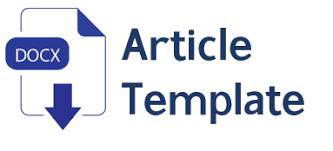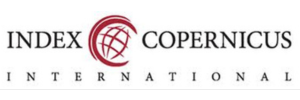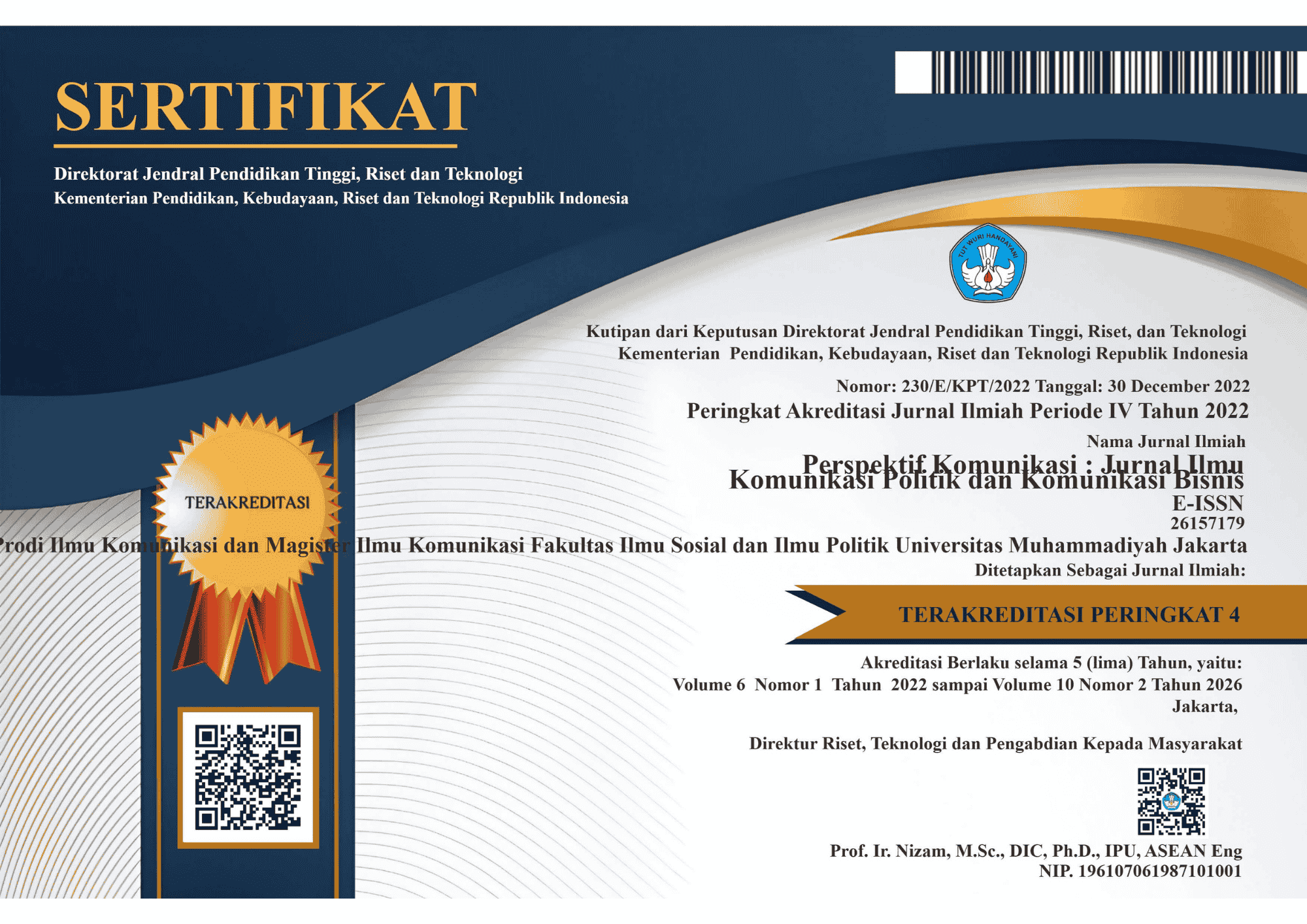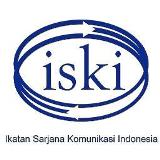CHALLENGES RELIGIOUS TELEVISION, BETWEEN BUSINESS AND DA’WAH: STUDY OF TV9 NAHDLATUL ULAMA INDONESIA
DOI:
https://doi.org/10.24853/pk.8.1.1-12Keywords:
Islamic Television, Islamic Broadcasting, Nahdlatul UlamaAbstract
Television has the advantage that it is audio-visual (seen and heard), it can depict reality and also present events that are happening. TV9 Nahdlatul Ulama is a television station based on religious values. This TV was founded by the largest religious organization in Indonesia. As an economic institution, television is not only used as a means to spread organizational ideologies, but also takes into account business aspects to do well. This study aims to examine the performance of a religious television station amidst the intense competition in the television industry in Indonesia, and how media performance is affected by financial sources. By conducting in-depth interviews with key informants and direct observation, this research found that TV9 practices management principles in media management, even though there are several considerations for Nahdlatul Ulama management, TV9 involves personnel from Nahdlatul Ulama members in aspects of its management so that ideological transformation can run well. From the aspect of broadcast media performance, TV9 benefits from the very large mass base of Nahdlatul Ulama members in Indonesia. TV9 focuses on including Kiayi and Bunyai as inspiration for television program design and also includes Islamic boarding schools. In the culture of NU, Kiayi and Bunyai have a strategic position in the religious tradition of Nahdlatul Ulama.References
Albarran, A. B. (1996). Media Economic. Iowa: Iowa State University Prees.
Aziz, M. A. (2018). MEDIA MASSA ISLAM DALAM TATANGAN GLOBAL (Analisis Dakwah dan Cyber Media di Indonesia). Islamic Communication Journal, 2(2), 200. https://doi.org/10.21580/icj.2017.2.2.2169
Choliq, A., Dawud|, M., Dosen, A. C., Dakwah, F., & Jember, I. (2020). Manajemen Strategi Ala NU TV9 Menghadapi Televisi Swasta…. 1–24.
Creswell, J. W. (2010). Research Design. Pendekatan Kualitatif, Kuantitatif dan Mixed. Yogyakarta: Pustaka Pelajar.
Croteau, H. d. (1996). The Business of Media : Industries and Concepts. Iowa: Lowa State University Press.
Doyle, G. (2002). Understanding Media Economic. London : Sage Publication.
Fadilah, N., & Yohandi, Y. (2021). Analisis Framing Pengajian Muslimat pada Program Acara Kiswah Female TV9. Maddah, 3(1), 11–24. https://journal.ibrahimy.ac.id/index.php/maddah/article/view/1127
Fauzi, A. (2020). Problematika Dakwah di Tengah Pandemi Covid 19 Mewabah. Jurnal Al-Hikmah, 18(1), 27–36. https://doi.org/10.35719/alhikmah.v18i1.22
Handoko, D., Nor, M., Ali, S., Amizah, W., & Mahmud, W. (2021). Religious Television Management in Indonesia (Study on TV9 Nusantara as Islamic Television). Al-i’lam - Journal of Contemporary Islamic Communication and Media, 1(2), 166–177. https://jcicom.usim.edu.my/index.php/journal/article/view/23
Gurvitch, C. d. (1991). Mass Media and Society. London: Edward Arnold.
Jhon, M. &. (1994). Market Driven Journalism : Lat the Citizen Beaware. London: Sage Publication.
Komalawati, E. (2018). Industri Film Indonesia : Membangun Keselarasan Ekonomi Media Film Dan Kualitas Konten. LUGAS Jurnal Komunikasi, 1(1), 1–18. https://doi.org/10.31334/jl.v1i1.101
Kriyantono, R. (2006). Teknik Praktis Riset Komunikasi. Jakarta: Kencana Prenada Media Group.
McQuail, D. (1992). Media Performance " Mass Communication and The Public Interest. London: Sage Publication.
McQuail, D. (2011). Teori Komunikasi Massa. Jakarta: Salemba Humanika.
Morissan. (2008). Manajemen Media Penyiaran: Strategi Mengelola Radio & Televisi. Jakarta: Kencana Prenada Media Group.
Noor, H. F. (2010). Ekonomi Media. Jakarta: Rajawali Pers.
Picard, R. G. (1989). Media Economic : Concept and Issues. California: Sage Publication.
Sudirdjo, S. (2004). Mozaik Teknologi Pendidikan. Jakarta: Universitas Negri Jakarta.
Supriadi dkk. (2002). Strategi TV 9 Dalam Mempertahankan Budaya Lokal. 278–290.
Usman. (2009). Ekonomi Media. Depok: Ghalia Indonesia.
Vivian, J. (2008). The Media of Mass Communication 8th ed. London: Pearson Education.


_2.png)


1.png)

2.png)



















